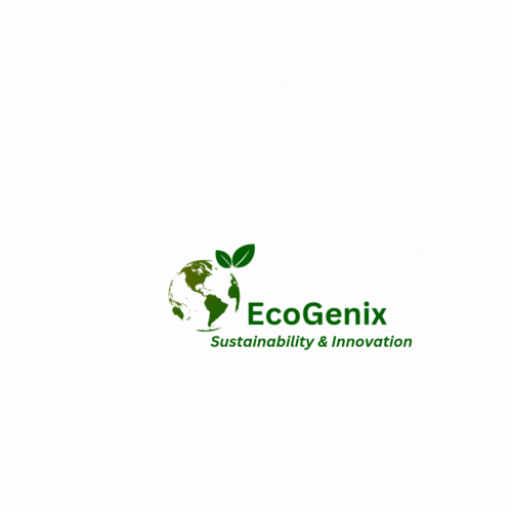Introduction
The United Nations Sustainable Development Goal 11 (SDG 11) aims to make cities and human settlements inclusive, safe, resilient, and sustainable. As the global population continues to urbanize, the need for sustainable urban development becomes paramount. SDG 11 addresses the challenges of rapid urbanization and its impact on the environment, society, and economy. The goal seeks to create cities and communities that prioritize environmental protection, social equity, economic growth, and overall well-being. To achieve this, various types of sustainability approaches need to be integrated into urban planning and development.
Types of Sustainability
Environmental Sustainability: Environmental sustainability focuses on minimizing the ecological footprint of cities and promoting practices that protect natural resources, reduce pollution, and mitigate climate change. It involves adopting renewable energy sources, green infrastructure, and sustainable waste management.
Social Sustainability: Social sustainability aims to create equitable and inclusive communities that offer opportunities and services to all residents regardless of their background. It focuses on ensuring affordable housing, accessible healthcare, quality education, and safe public spaces.
Economic Sustainability: Economic sustainability centers on fostering a resilient economy within cities that encourages local businesses, innovation, and job creation. It involves investing in sustainable industries, promoting responsible consumption, and ensuring fair labor practices.
Achieving Sustainable Cities and Communities
Integrated Urban Planning: Effective urban planning is vital for achieving sustainable cities. Planners need to consider factors like land use, transportation, energy, and public services in a coordinated manner to create cohesive and efficient communities.
Smart and Green Infrastructure: Utilizing smart technology and green infrastructure can significantly enhance a city’s sustainability. These may include smart energy grids, public transportation systems, green buildings, and urban agriculture.
Community Engagement: Engaging the local community in decision-making processes fosters a sense of ownership and accountability. Involving citizens in planning and policy development helps ensure that their needs and preferences are met.
Sustainable Mobility: Promoting active transportation like walking and cycling, as well as investing in efficient public transport systems, can reduce congestion, air pollution, and greenhouse gas emissions.
Integration with Other SDGs
SDG 11 is closely linked to several other Sustainable Development Goals, and their integration is essential for comprehensive progress. Some key connections include:
SDG 7 (Affordable and Clean Energy): By promoting renewable energy sources and energy efficiency, sustainable cities contribute to achieving clean and affordable energy targets.
SDG 13 (Climate Action): Sustainable cities play a crucial role in mitigating climate change through low-carbon development, green infrastructure, and sustainable transportation.
SDG 3 (Good Health and Well-being): Access to green spaces and clean environments in cities positively impacts residents’ physical and mental health, contributing to better overall well-being.
SDG 1 (No Poverty) and SDG 10 (Reduced Inequalities): Creating inclusive cities with affordable housing and equal access to services helps combat poverty and reduce inequalities.
Target, Purpose, and Implementation
The primary target of SDG 11 is to ensure that, by 2030, all cities and human settlements are sustainable, safe, inclusive, and resilient. The purpose is to address the challenges of rapid urbanization, environmental degradation, and social inequality. The implementation of SDG 11 requires collaboration between governments, local authorities, private sectors, and citizens.
Where We Are Now
While significant progress has been made since the adoption of the SDGs in 2015, many cities still face challenges in achieving sustainable development. Some cities have embraced sustainable practices more effectively than others. For instance:
Copenhagen, Denmark: Known for its sustainable urban planning, Copenhagen prioritizes cycling infrastructure, renewable energy, and green spaces. The city aims to become carbon-neutral by 2025.
Curitiba, Brazil: This city is renowned for its innovative public transportation system, green urban planning, and waste management initiatives.
Singapore: With limited land resources, Singapore excels in compact urban planning, efficient public transportation, and extensive green spaces.
Benefits and Environmental Concerns
Embracing sustainable practices in cities offers various benefits:
Environmental Benefits: Reduced greenhouse gas emissions, improved air and water quality, preservation of natural habitats, and enhanced resilience to climate change.
Social Benefits: Access to quality education, healthcare, affordable housing, and safe public spaces, leading to a better quality of life for all residents.
Economic Benefits: The growth of sustainable industries, increased employment opportunities, and cost savings through energy-efficient practices.
Environmental Concerns:
Urban Sprawl: Unplanned urban expansion leads to habitat destruction and loss of green spaces.
Pollution: Cities contribute significantly to air, water, and noise pollution, impacting public health and the environment.
Resource Depletion: High consumption rates in urban areas can lead to resource depletion and waste generation.
Solutions to Environmental Concerns:
Urban Greening: Creating and preserving parks, green belts, and urban forests to improve air quality and provide recreational spaces.
Waste Management: Implementing efficient waste management systems, recycling, and promoting a circular economy.
Climate-Resilient Infrastructure: Developing infrastructure that can withstand the impacts of climate change, such as floods, storms, and rising sea levels.
Conclusion
SDG 11, focused on sustainable cities and communities, is an essential component of the global effort to build a more inclusive, equitable, and environmentally responsible world. By integrating various types of sustainability, addressing urban challenges, and collaborating across sectors, we can create cities that are not only resilient and sustainable but also offer a higher quality of life for all residents. As cities continue to grow, it is crucial to prioritize sustainable practices to ensure a brighter future for generations to come.
ARTICLE BY: WAYNE TOTA
Food Security and Climate Change
waynetota9@gmail.com
0601133196239
Visit for more articles:
https://sites.google.com/view/foodsecure-sustain-agriclimate/home.

Leave a Reply